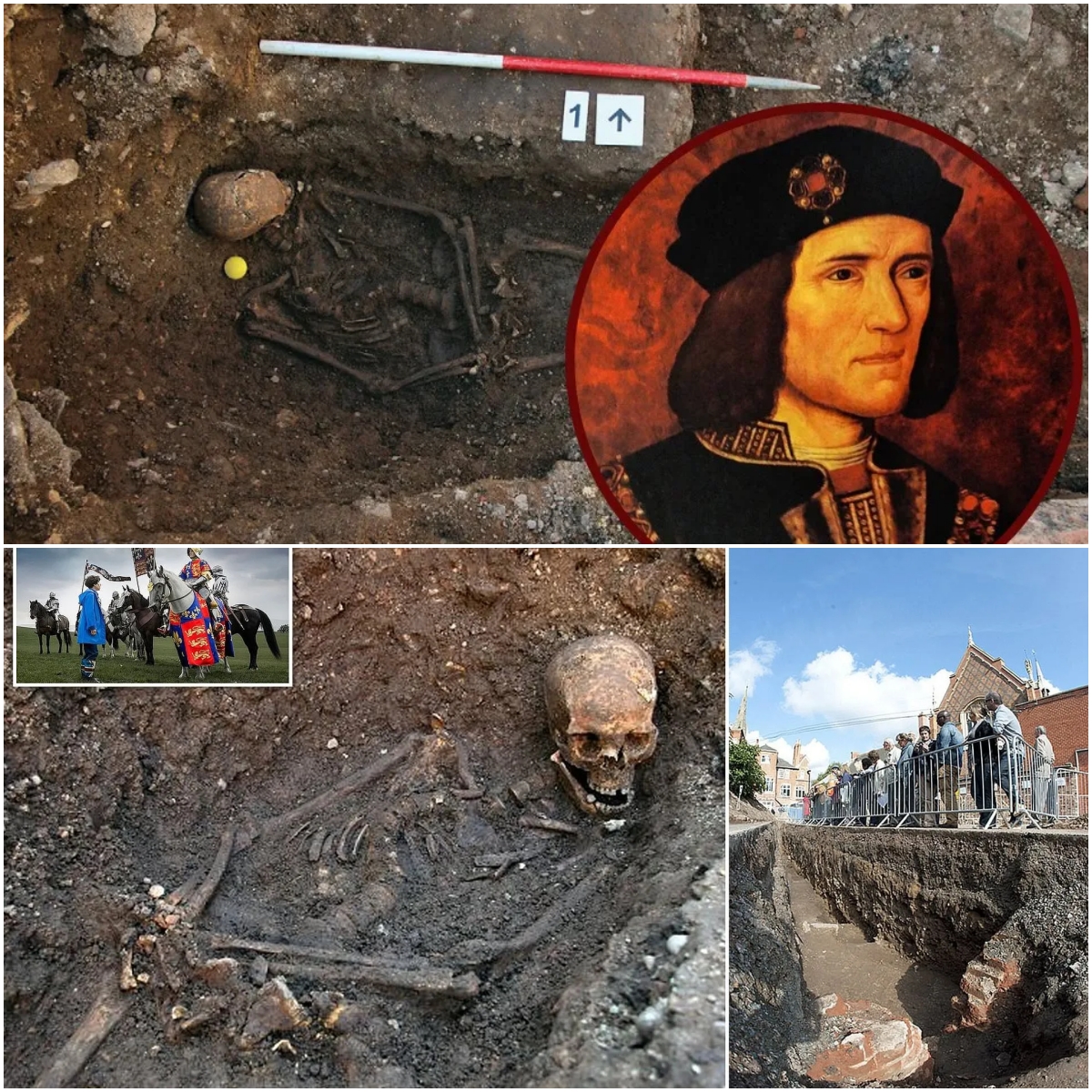The Bag of the Gods: A Symbol Across Time

It all started with a discovery in the ancient ruins of Mesopotamia: carvings depicting the gods of Sumer holding an object that seemed eerily modern: a handbag. This enigmatic symbol, perfectly rectangular and with a handle at the top, was repeated in intricate reliefs, always in the hands of divine or powerful figures. For years, archaeologists debated its meaning, labeling it as a ceremonial tool, a container for offerings, or even a symbol of divine authority. But the mystery deepened when the same symbol began to appear in places thousands of miles away and separated by centuries of time.
On the opposite side of the world, ancient Maori carvings in New Zealand showed an identical shape. In Mesoamerica, representations of gods from the Olmec and Mayan cultures were shown holding what looked like the same object. Even in the stone temples of Gobekli Tepe, a site millennia before the Sumerians, this strange “bag” was carved into pillars. How could such a specific and consistent design appear in so many disconnected civilizations? Was it coincidence, cultural convergence, or evidence of a shared origin, perhaps something much more extraordinary?
Theories abound. Some maintain that the bag symbol represents a practical object, such as a container for seeds, tools, or sacred herbs, linking it with agricultural or spiritual rituals. Others believe it is purely metaphorical, a symbol of knowledge, life or the cosmos. But a growing number of researchers are suggesting something much more provocative: that these carvings are evidence of advanced, interconnected civilizations, or even extraterrestrial influence.
Defenders of the ancient astronaut theory point out the curious detail and context of these carvings. In Sumerian depictions, the “bag” is often held by the Anunnaki, deities who, according to legend, descended from the heavens to impart knowledge and shape the destiny of humanity. In Mesoamerican mythology, similar objects are associated with gods who brought wisdom and prosperity. Could these “bags” have been containers of technology, creation tools, or even devices used to manipulate nature? Some suggest that they may have held the keys to humanity’s accelerated development: literal vessels of divine or alien power.
Skeptics reject these ideas and attribute the symbol’s ubiquity to archetypes rooted in the human subconscious. However, the precision and consistency of the bag’s design makes it difficult to ignore. If these cultures were truly isolated, how could they produce an identical symbol with such deep meaning? And why did they associate it exclusively with gods, heroes and moments of creation?
The intrigue doesn’t end with the sizes. In modern times, rumors have emerged of quietly suppressed archaeological discoveries: artifacts resembling the ancient purse, found in excavations but quickly hidden from public view. Rumors of strange technologies and unexplained objects circulate in fringe circles, hinting at a story far more complex than we have been led to believe. Is the bag simply a recurring motif, or does it represent a long-lost connection between humanity and something much larger?
The deeper we delve into the mystery of the bag symbol, the more questions arise. What knowledge did these ancient civilizations possess and who, or what, shared it with them? Could these carvings be the remains of a forgotten chapter of human history, one in which gods walked among mortals and carried tools beyond our understanding? Or is the truth even stranger, hidden in plain sight, waiting for someone to reveal its secrets?
The Bag of the Gods remains one of the most intriguing enigmas of the ancient world, a puzzle that defies easy answers and fuels endless speculation. Whatever its origin, it challenges us to rethink what we know about our ancestors, their beliefs, and the mysteries of the universe. Perhaps, somewhere in those forgotten engravings, lies a clue to a story humanity has yet to remember, a story that connects us all, across time and space.






